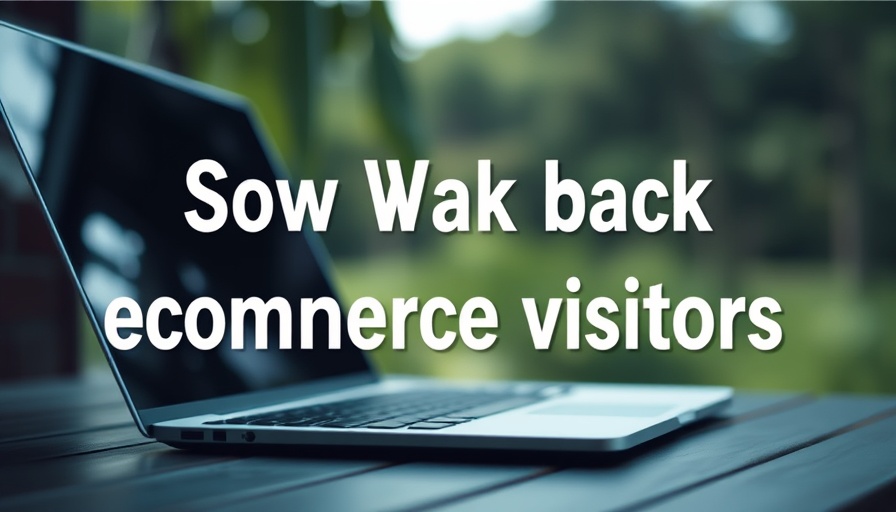
Recovering Lost Sales: The Power of Ecommerce Retargeting
In the fast-paced world of e-commerce, capturing a shopper's attention is just the beginning. A significant percentage of online visitors abandon their carts without completing a purchase, leading to lost sales opportunities. However, strategically employing retargeting can successfully bring them back. Here are five effective ecommerce retargeting strategies designed to recover lost sales and maximize conversions.
1. Personalized Product Recommendations
Understanding customer behavior is crucial in e-commerce. By analyzing previous interactions and purchases, online retailers can create personalized product recommendations tailored to potentially interested consumers. This level of personalization fosters a sense of connection, encouraging shoppers to revisit the site and consider products they may have overlooked.
2. Dynamic Remarketing Ads
Dynamic remarketing ads take personalization a step further by displaying specific products that shoppers viewed but didn’t purchase. These ads follow users across various platforms, such as social media and other websites, reminding them of their previous interests. According to industry data, dynamic ads can significantly enhance return on ad spend compared to standard static ads.
3. A/B Testing for Optimal Results
To refine retargeting strategies, A/B testing is essential. By experimenting with different ad messages, visuals, and formats, marketers can determine which combinations yield the highest engagement and conversion rates. Regularly updating and testing campaigns ensures they remain relevant and effective in appealing to the target audience.
4. Utilizing Email Remarketing
Email marketing remains a powerful tool for ecommerce brands. By sending follow-up emails that remind customers about abandoned carts or previous product views, businesses can bring back potential buyers. Incorporating limited-time offers or exclusive discounts in these emails can further incentivize action. As noted by industry reports, email remarketing can yield a significantly higher ROI compared to other digital marketing efforts.
5. Leveraging Social Media Engagement
Social platforms are not just for content sharing; they can also be potent retargeting tools. By running retargeting ads on platforms like Facebook and Instagram, brands can reconnect with previous visitors and remind them of products they expressed interest in. Engaging content, such as customer testimonials or behind-the-scenes looks, can also help recapture attention and build brand loyalty.
Emotional and Human Interest Angles
The shopping experience is inherently emotional, reflecting both personal desire and purchasing power. Understanding that consumers may hesitate due to various factors—cost, commitment, or uncertainty—empowers marketers to craft campaigns that resonate on a more profound level. Building trust through consistent communication and supportive offers can mitigate these concerns, turning hesitation into action.
Future Predictions: The Evolution of Retargeting Strategies
Looking ahead, the landscape of ecommerce retargeting will continue to evolve, driven by advancements in technology and consumer expectations. With the rise of AI-driven analytics, brands that harness data to predict and personalize their campaigns will gain a competitive edge. Additionally, the integration of augmented reality in ecommerce could allow for immersive shopping experiences that enhance user engagement and drive conversions.
Decisions You Can Make With This Information
Knowledge of ecommerce retargeting strategies is invaluable for any business aiming to boost sales. By implementing these five strategies, marketers can refine customer engagement, decrease cart abandonment rates, and ultimately improve conversion rates. Regular assessment of performance metrics is crucial for continual optimization of campaigns.
Call to Action: Take Your Ecommerce Game to the Next Level!
Ready to implement these effective retargeting strategies? Dive deep into your customer data, test your campaigns, and adapt to changing consumer behaviors to enhance your e-commerce success. For more insights, stay tuned to our updates on digital marketing trends and analytics.
 Add Row
Add Row  Add
Add 




Write A Comment